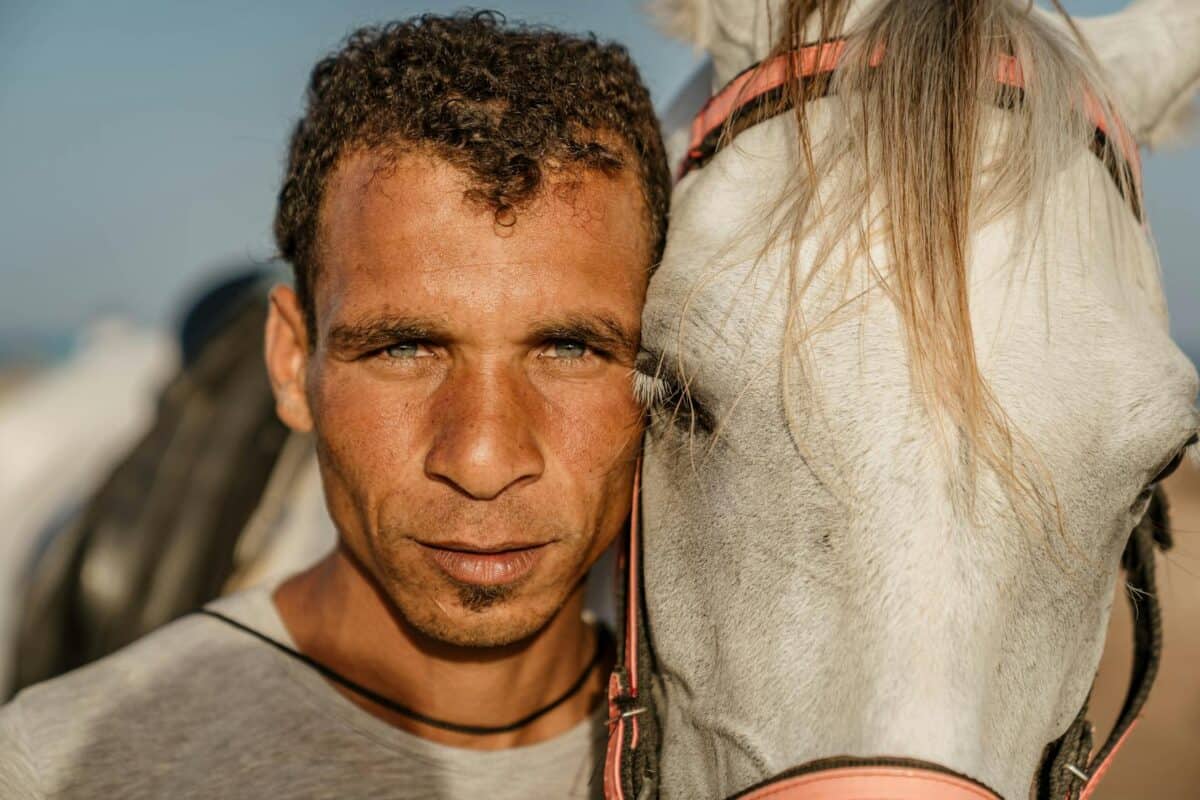The relationship between humans and horses spans thousands of years, evolving from necessity to a deep and meaningful connection. This bond surpasses a mere human-animal interaction; it is a profound partnership based on mutual understanding, trust, and respect. Delve into the fascinating science, psychology, and biochemistry that underpin this extraordinary relationship.
Historical Origins of the Horse-Human Connection

Horses have been integral to human societies for millennia. Historical evidence suggests domestication began over 5,000 years ago on the steppes of Central Asia. Initially, horses played a crucial role in transportation, agriculture, and warfare. As these animals became indispensable to everyday life, a significant emotional bond began to form between humans and horses, laying the groundwork for the complex relationships seen today.
The Psychology of Trust
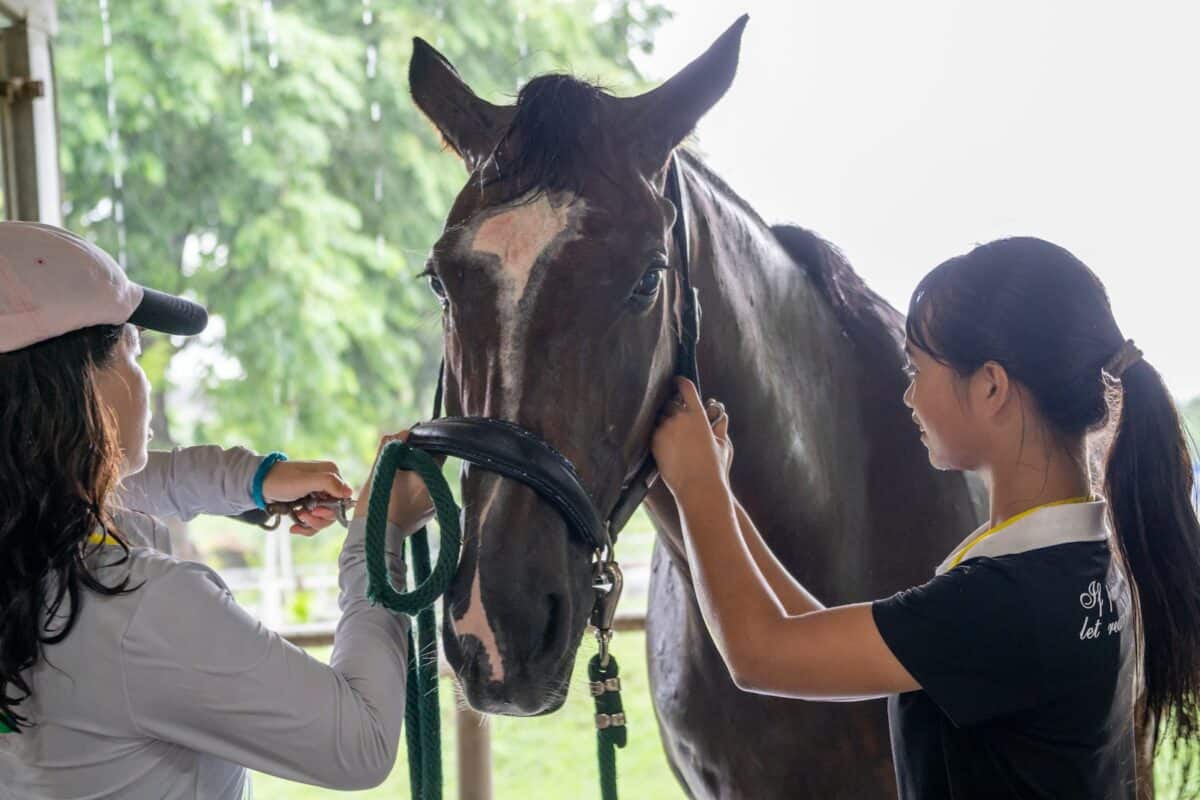
Trust is a cornerstone of the horse-human bond. Horses, as prey animals, have highly developed flight responses. To build a relationship, humans must demonstrate predictability and safety, which fosters trust. Training based on positive reinforcement strengthens this trust and encourages cooperation. Horses that trust their human partners are more willing participants, creating a harmonious partnership.
Mutual Understanding and Communication

Communication between humans and horses is paramount. While humans primarily rely on verbal cues, horses communicate through body language. Understanding and interpreting these signals—such as ear position, tail movement, and posture—helps bridge the gap between species, enhancing mutual understanding and connection.
The Role of Oxytocin
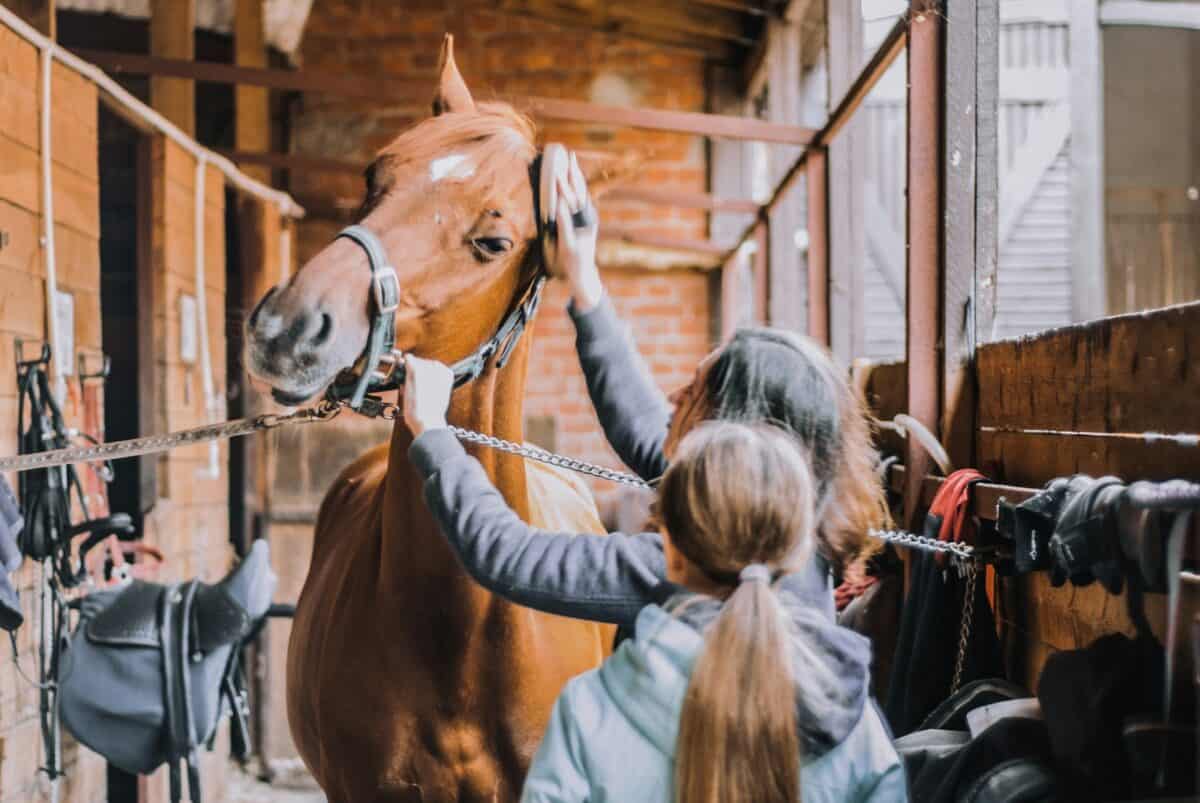
Oxytocin, often referred to as the “love hormone,” plays a significant role in bonding. Research indicates that physical interactions with horses, such as grooming or stroking, increase oxytocin levels in humans and potentially in horses as well. This biochemical response not only enhances feelings of well-being but also strengthens emotional connections, reinforcing the bond.
Behavioral Traits that Enhance Bonding
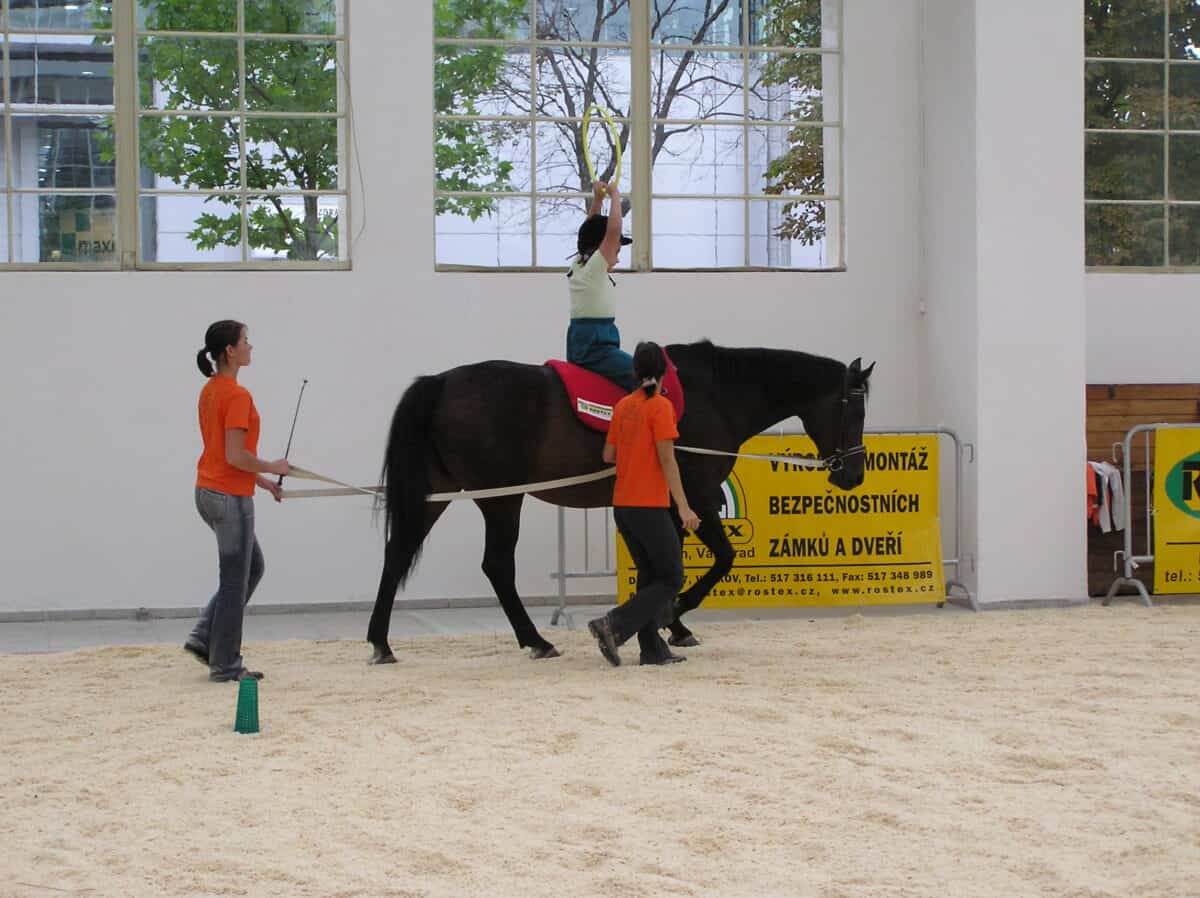
Horses exhibit certain behavioral traits that facilitate bonding. Their natural curiosity and social tendencies make them open to interaction. Horses are also known for their ability to read human emotions, reacting to the emotional state of their handlers, which encourages empathetic engagement and deepens the relationship.
The Importance of Consistency in Interaction
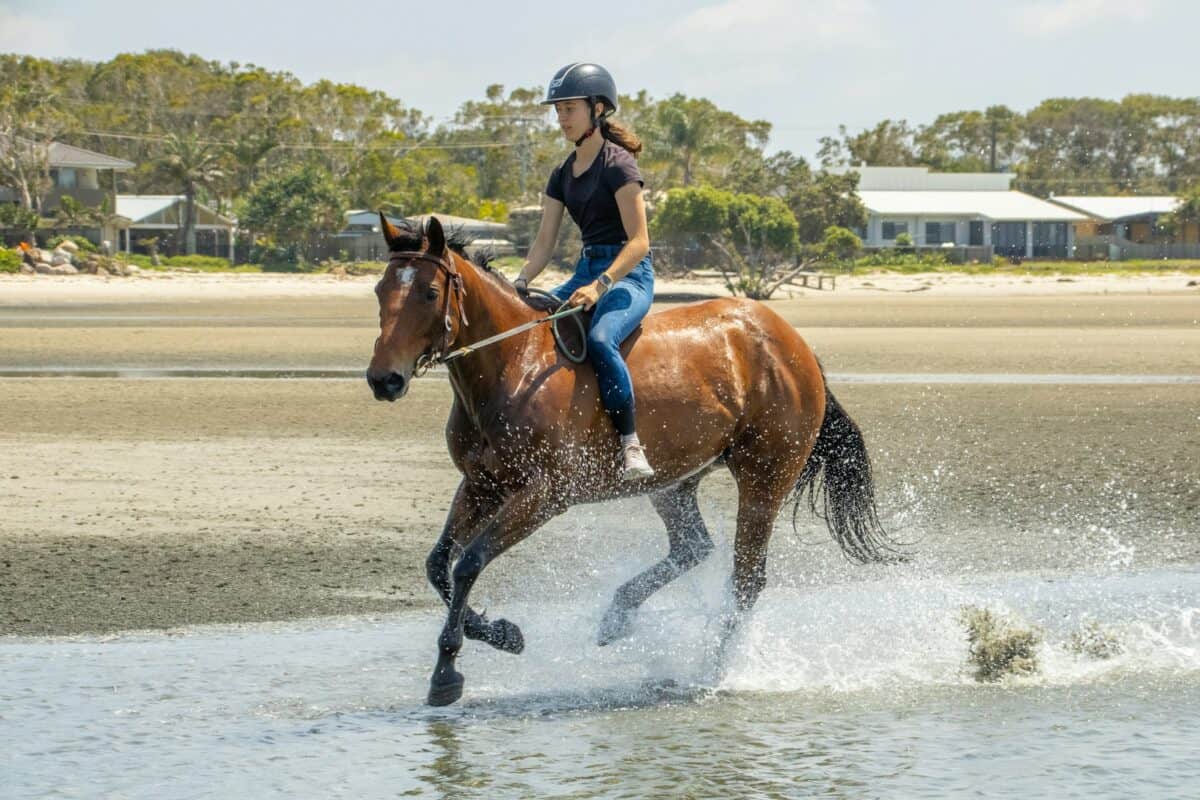
Consistency is crucial in forming strong bonds. Regular interaction helps horses develop familiarity and predictability with their human counterparts. This steady routine can build trust and reliability, crucial elements in any relationship. Consistent interactions, like daily grooming or training sessions, reinforce this ongoing connection.
Emotional and Psychological Benefits for Humans

The benefits of the horse-human bond extend to humans on multiple levels. Engaging with horses can significantly reduce stress, anxiety, and depression. Therapeutic programs have harnessed this connection to aid individuals with physical and mental health challenges, demonstrating horses’ powerful healing presence.
Equine-Assisted Therapy
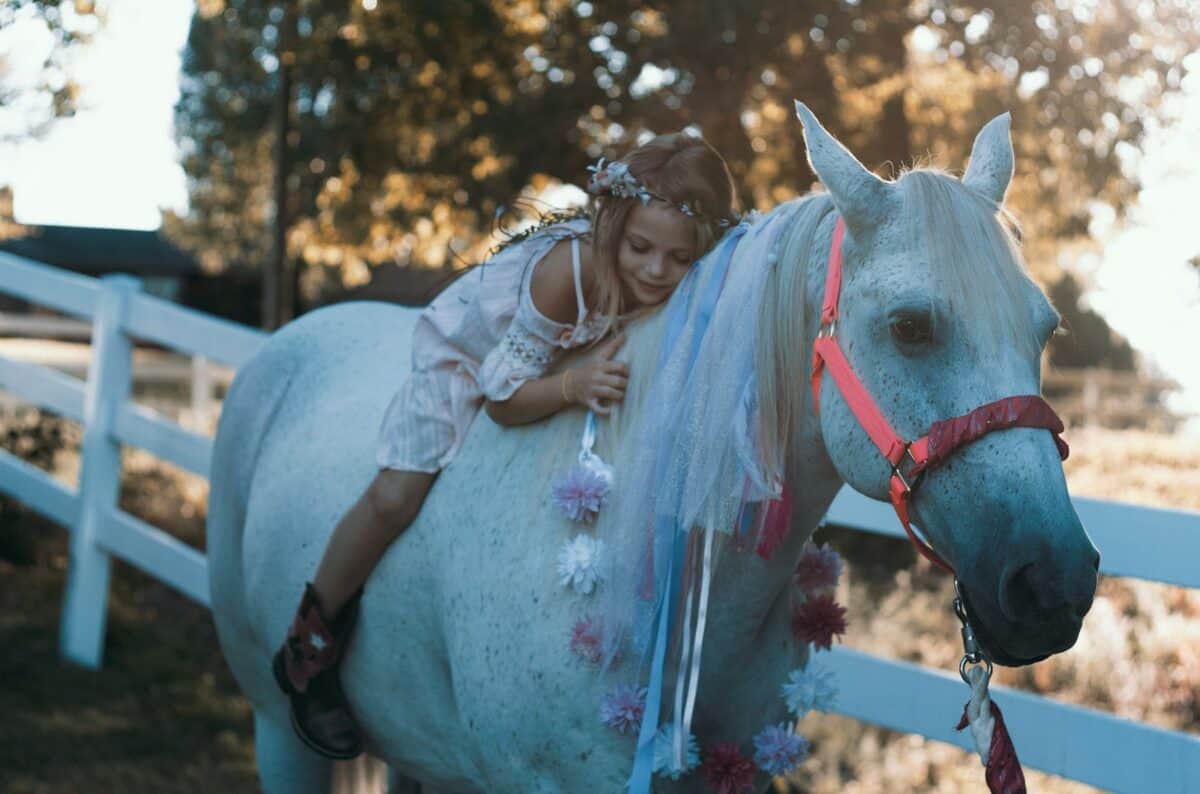
Equine-assisted therapy exploits the natural bonding capability between horses and humans for therapeutic outcomes. This form of therapy has been shown to improve emotional regulation, self-esteem, and social skills. The horse’s reactions offer direct feedback, helping individuals improve their emotional intelligence and interpersonal skills in a non-judgmental environment.
The Influence of Environment
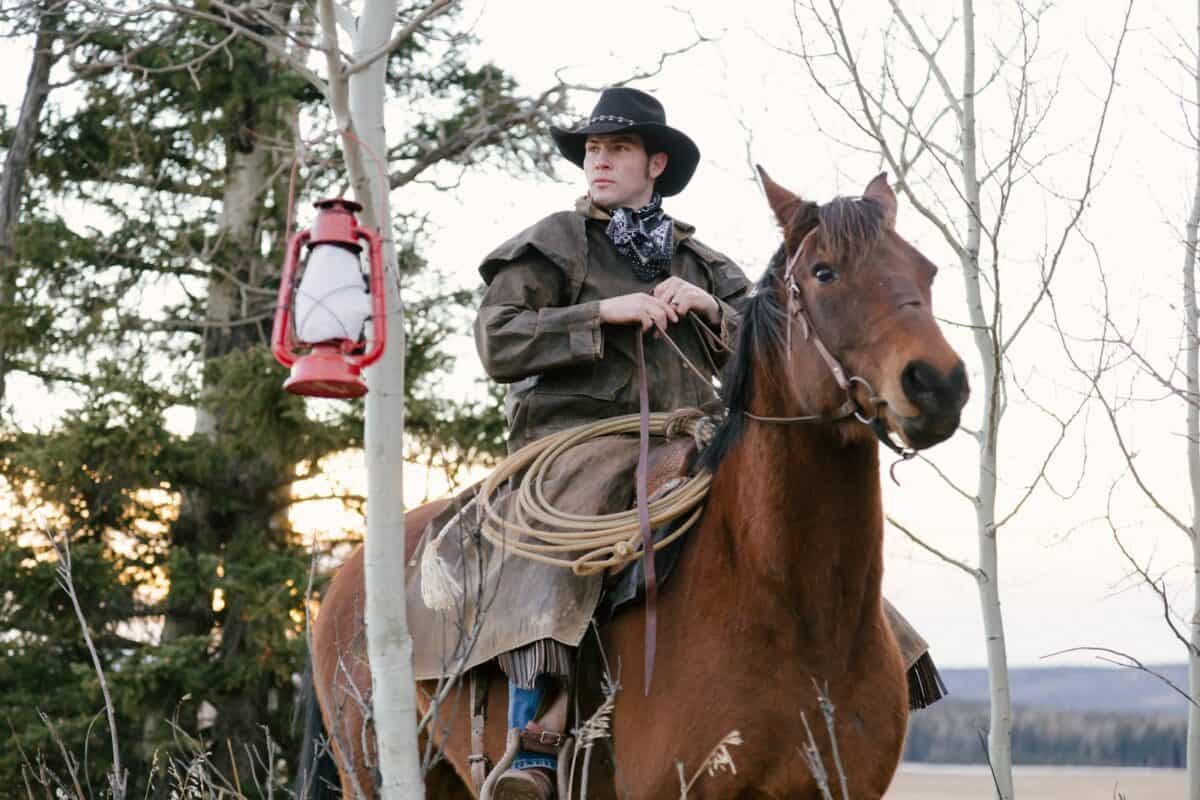
The environment plays an influential role in forming a strong horse-human bond. A calm, safe, and nurturing environment encourages the development of trust and comfort. Natural settings that mimic a horse’s natural habitat can enhance relaxation and bonding opportunities, while chaotic or stressful environments may hinder these processes.
The Ethical Considerations in Bonding
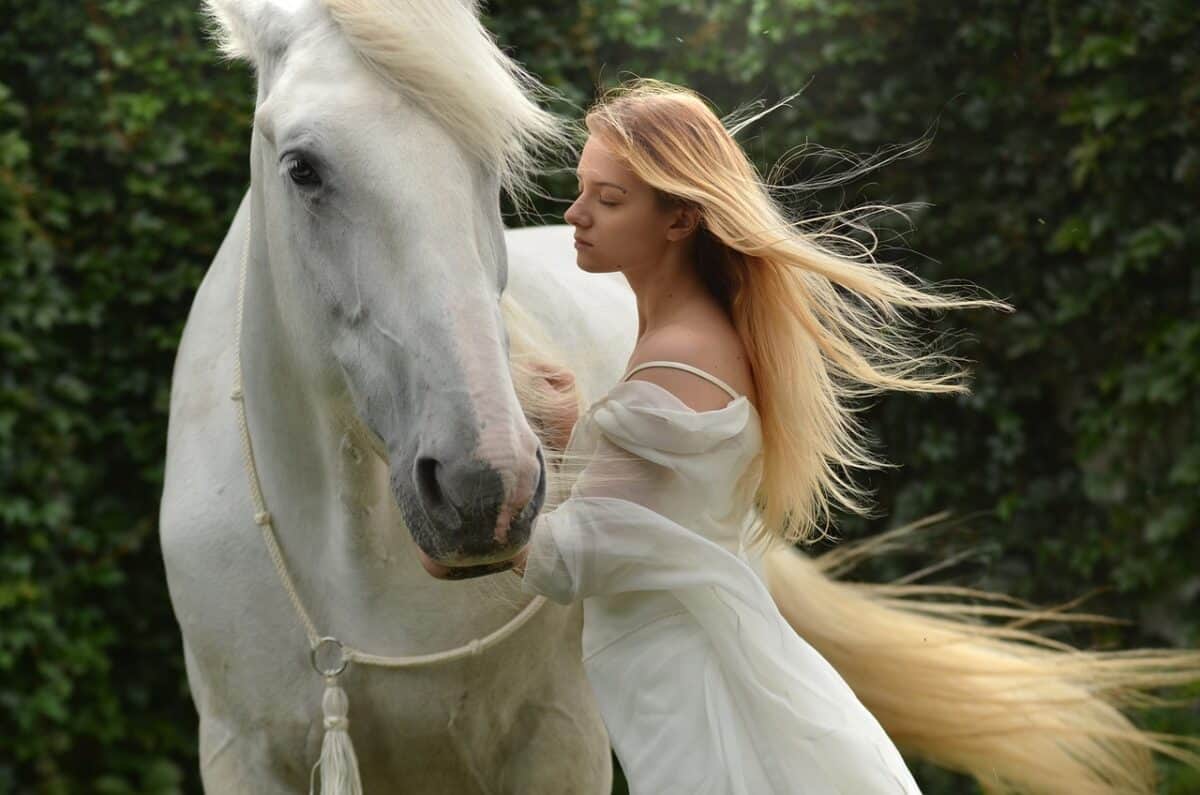
While the horse-human bond is rewarding, it also involves ethical considerations. Humane treatment, understanding an equine’s needs and limitations, and respecting their dignity are paramount. Building a bond based on mutual respect ensures that the relationship remains equitable and healthful for both parties.
Challenges in the Horse-Human Relationship
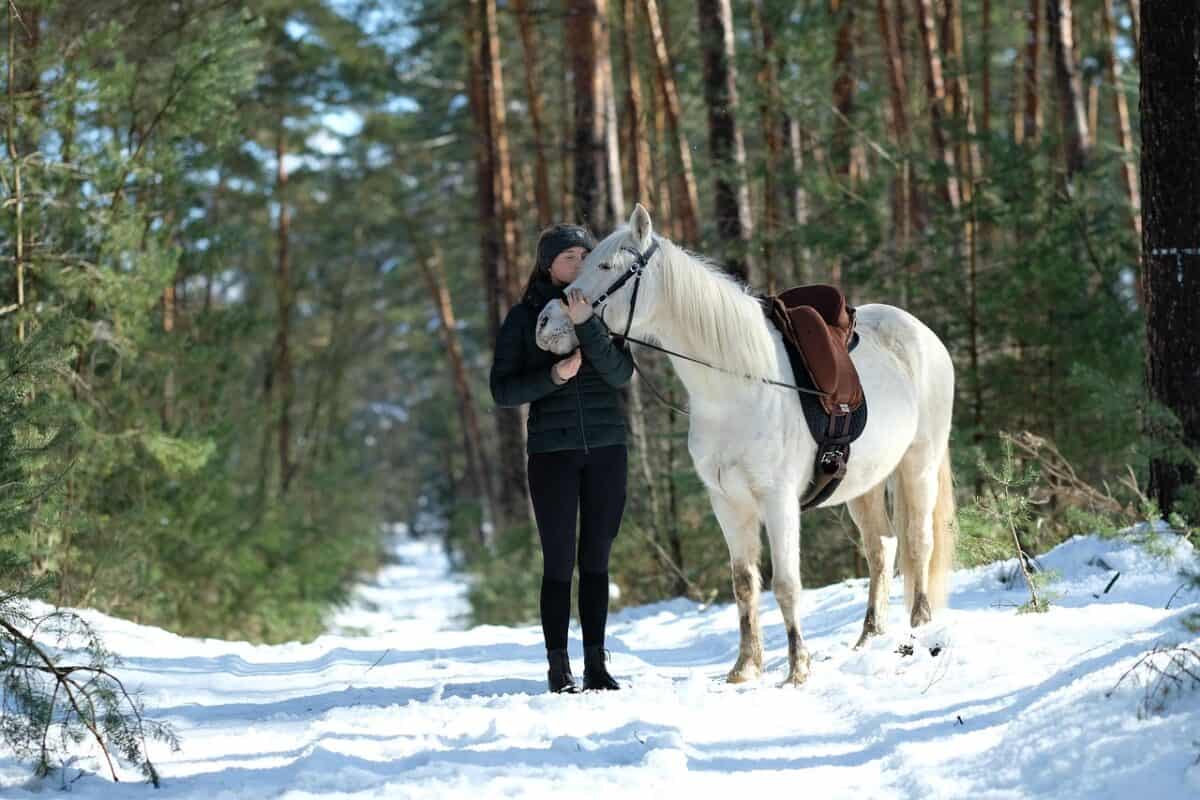
The path to bonding is not without challenges. Behavioral issues, trauma, or poor past experiences can inhibit a horse’s willingness to bond. Patience, understanding, and often professional assistance are essential in overcoming these hurdles, creating an environment where trust can flourish.
Conclusion: The Evolution of a Timeless Partnership

The science behind horse-human bonding is as intricate as it is fascinating. This relationship nurtures qualities of empathy, patience, and understanding, bringing profound emotional and psychological benefits to both parties. The evolving dynamics of this timeless partnership continue to captivate and benefit individuals worldwide, underlining the universal power of companionship between species.
- Orangutan Moms Build a New Nest Every Night - August 9, 2025
- The Sacred Buffalo in Plains Indian Traditions - August 9, 2025
- How Wildfires Influence Animal Migration and Habitats - August 9, 2025

